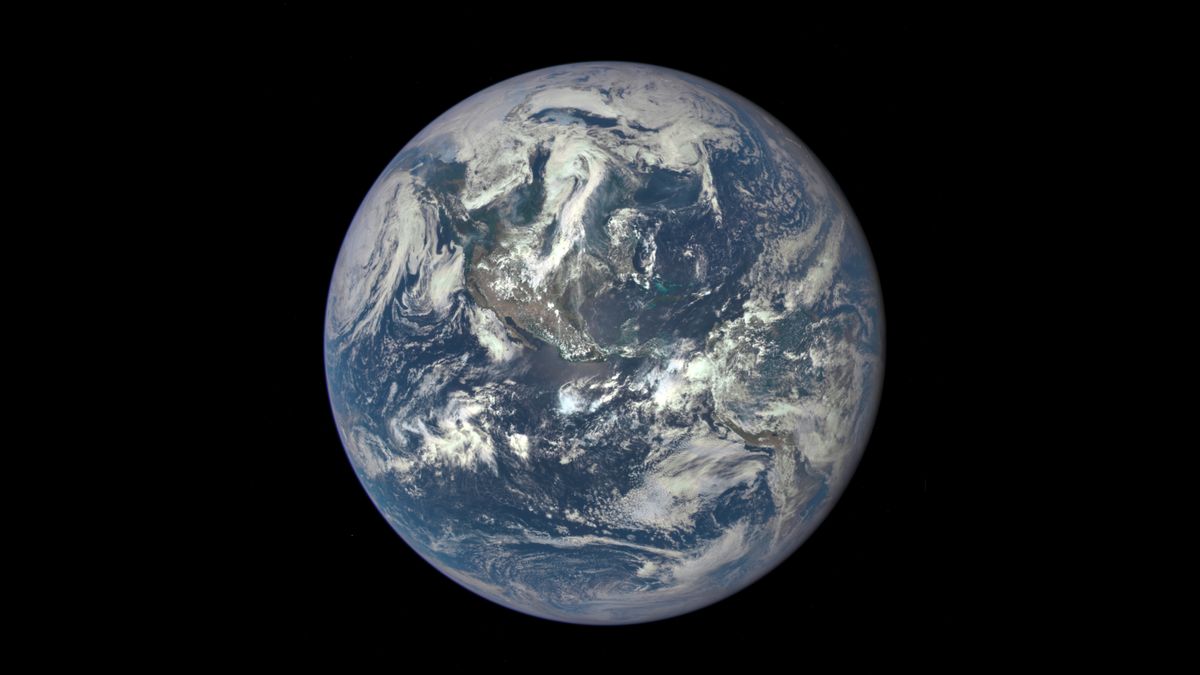How Climate Change is Impacting Earth's Rotational Dynamics

July 15, 2024
This article has been reviewed according to Science X's editorial process and policies. Editors have highlighted the following attributes while ensuring the content's credibility:
- fact-checked
- peer-reviewed publication
- trusted source
- proofread
by ETH Zurich
For the first time, researchers at ETH Zurich have been able to fully explain the various causes of long-term polar motion in the most comprehensive modeling to date, using AI methods. Their model and their observations show that climate change and global warming will have a greater influence on the Earth's rotational speed than the effect of the moon, which has determined the increase in the length of the day for billions of years.
Climate change is causing the ice masses in Greenland and Antarctica to melt. Water from the polar regions is flowing into the world's oceans—and especially into the equatorial region.
'This means that a shift in mass is taking place, and this is affecting the Earth's rotation,' explains Benedikt Soja, Professor of Space Geodesy at the Department of Civil, Environmental and Geomatic Engineering at ETH Zurich.
'It's like when a figure skater does a pirouette, first holding her arms close to her body and then stretching them out,' Soja says. The initially fast rotation becomes slower because the masses move away from the axis of rotation, increasing physical inertia.
In physics, we speak of the law of conservation of angular momentum, and this same law also governs the Earth's rotation. If the Earth turns more slowly, the days get longer. Climate change is therefore also altering the length of the day on Earth, albeit only minimally.
The ETH researchers from Soja's group have published two new studies in the journals Nature Geoscience and Proceedings of the National Academy of Sciences (PNAS) on how climate change affects the polar motion and the length of the day.
In the PNAS study, the ETH Zurich researchers show that climate change is also increasing the length of the day by a few milliseconds from its current 86,400 seconds. This is because water is flowing from the poles to lower latitudes and thus slowing down the speed of rotation.
Another cause of this slowdown is tidal friction, which is triggered by the moon. However, the new study comes to a surprising conclusion: if humans continue to emit more greenhouse gases and the Earth warms up accordingly, this would ultimately have a greater influence on the Earth's rotational speed than the effect of the moon, which has determined the increase in the length of the day for billions of years.
'We humans have a greater impact on our planet than we realize,' Soja concludes, 'and this naturally places great responsibility on us for the future of our planet.'
However, shifts in mass on the Earth's surface and in its interior caused by the melting ice not only change the Earth's rotational speed and the length of day: as the researchers show in Nature Geoscience, they also alter the axis of rotation. This means that the points where the axis of rotation actually meets the Earth's surface move.
Researchers can observe this polar motion, which, over a longer timeframe, comes to some ten meters per hundred years. It's not only the melting of the ice sheets that plays a role here, but also movements taking place in the Earth's interior.
Deep in the Earth's mantle, where the rock becomes viscous due to high pressure, displacements occur over long periods of time. And there are also heat flows in the liquid metal of Earth's outer core, which are responsible for both generating the Earth's magnetic field and leading to shifts in mass.
In the most comprehensive modeling to date, Soja and his team have now shown how polar motion results from individual processes in the core, in the mantle and from the climate at the surface.
'For the first time, we present a complete explanation for the causes of long-period polar motion,' says Mostafa Kiani Shahvandi, one of Soja's doctoral students and lead author of the study. 'In other words, we now know why and how the Earth's axis of rotation moves relative to the Earth's crust.'
One finding in particular that stands out in their study is that the processes on and in the Earth are interconnected and influence each other. 'Climate change is causing the Earth's axis of rotation to move, and it appears that the feedback from the conservation of angular momentum is also changing the dynamics of the Earth's core,' Soja explains.
Kiani Shahvandi adds, 'Ongoing climate change could therefore even be affecting processes deep inside the Earth and have a greater reach than previously assumed.' However, there is little cause for concern, as these effects are minor and it's unlikely that they pose a risk.




